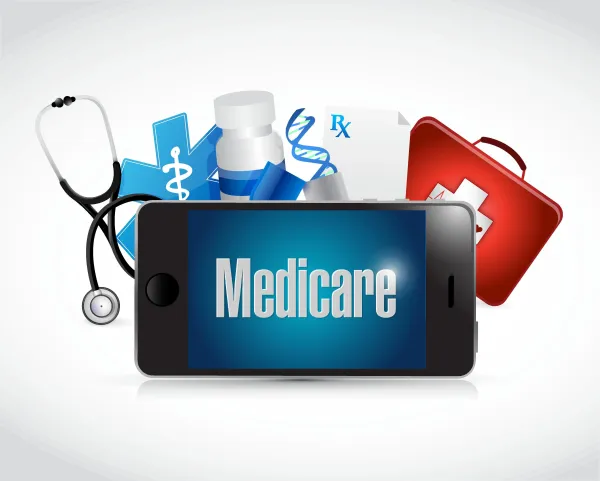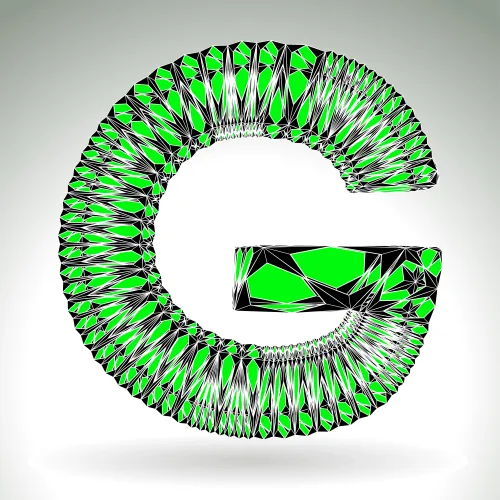Can You Code This Adolescent Acne Case Study?
Know these three simple concepts to code like an expert. An adolescent patient reports to your provider complaining of painful facial acne. Your provider documents a number of open and closed comedones, papules, and pustules on both cheeks, the forehead and chin, and opts to treat the condition. How would you go about coding this encounter? And what problems might you find along the way? Read on and see what your coding options might be in this acne encounter. Know Your Way Around the L70 Codes While you probably know that you can find the acne codes in the L70 section of your ICD-10, you may not know the specific conditions each one of them documents. You can probably rule out two of them — L70.1 (Acne conglobata) and L70.2 (Acne varioliformis) — immediately as they are extremely rare forms of the condition. Instead, you’ll want to focus your attention on the following: Chances are your provider will document the most common of all acne conditions, L70.0, “which is a common skin condition seen most often in teens and young adults that occurs when hair follicles become clogged with oil and dead skin cells,” according to Chelle Johnson, CPMA, CPC, CPCO, CPPM, CEMC, AAPC Fellow, billing/credentialing/auditing/coding coordinator at County of Stanislaus Health Services Agency in Modesto, California. But providers could also document “L70.3, which is a severe type of acne characterized by large painful cysts and nodules that lead to the formation of rounded abscesses and scarring that is inflamed when the weather is hot and humid, or L70.5, which is a type of acne caused by a mental condition characterized by an intense, uncontrollable urge to squeeze and pick at every pimple on the skin to try and make the skin ‘perfect,’” Johnson notes. Coding caution: While acne and rosacea may appear visually similar, they are different conditions that have separate, distinct diagnoses. However, your provider may refer to one condition as acne rosacea, which is not acne but a form of rosacea that is now more commonly known as papulopustular rosacea. Fortunately, you can easily code this, as the ICD-10 index directs you to use L71.9 (Rosacea, unspecified) for the condition. You should also note that L70.- excludes another kind of acne, acne keloid, which is separately reportable with L73.0 (Acne keloid). Whatever the condition, “ultimately, coders have to rely on the provider documentation for the specific type of acne in order to accurately code it to the highest degree of specificity,” advises Donna Walaszek, CCS-P, billing manager, credentialing/coding specialist for Northampton Area Pediatrics, LLP, in Northampton, Massachusetts. Know Your Provider’s Treatment Options “Whether mild, moderate or severe, often the first line of recommended evidence-based treatment includes, but is not limited to, medications such as benzoyl peroxide, topical retinoids, and antibiotics,” Walaszek notes. “Services rendered to the patient that result in prescribing a medication can be reimbursed by billing an evaluation and management [E/M] code from 99201-99215 [Office or other outpatient visit for the evaluation and management of a new/established patient …] based on the history, exam, and medical decision making documented by the provider during the visit,” Walaszek continues. “Depending on the provider, and should the condition merit it, the provider might also attempt other procedures,” adds Johnson. “The most common you will see in a physician setting for the treatment of acne will be 10040 [Acne surgery (eg, marsupialization, opening or removal of multiple milia, comedones, cysts, pustules)], 10060 [Incision and drainage of abscess (eg, carbuncle, suppurative hidradenitis, cutaneous or subcutaneous abscess, cyst, furuncle, or paronychia); simple or single] or 10061 [… complicated or multiple] for incision and drainage of abscesses,” Johnson continues. You may also see 17360 (Chemical exfoliation for acne (eg, acne paste, acid), 17340 (Cryotherapy (CO2 slush, liquid N2) for acne), or 15780 (Dermabrasion; total face (eg, for acne scarring, fine wrinkling, rhytids, general keratosis)), both Johnson and Walaszek point out, though these are less common in primary care settings. Know Your Payer Policies “Reimbursement for these procedures will lie within the payment policies of the insurance carriers that the provider will bill,” Walaszek notes. “Typical issues that arise may include the procedure being considered experimental, cosmetic, and/or not medically necessary,” Walaszek continues. For example, “United Healthcare does not reimburse for 15780 as it considers the procedure cosmetic, while Aetna considers CPT® 10040 medically necessary for L70.0,” Walaszek advises coders. Consequently, “preauthorization with the carrier and/or obtaining patient financial consent in advance of the procedure will maintain transparency between the provider of the service and the patient receiving treatment,” Walaszek suggests.




